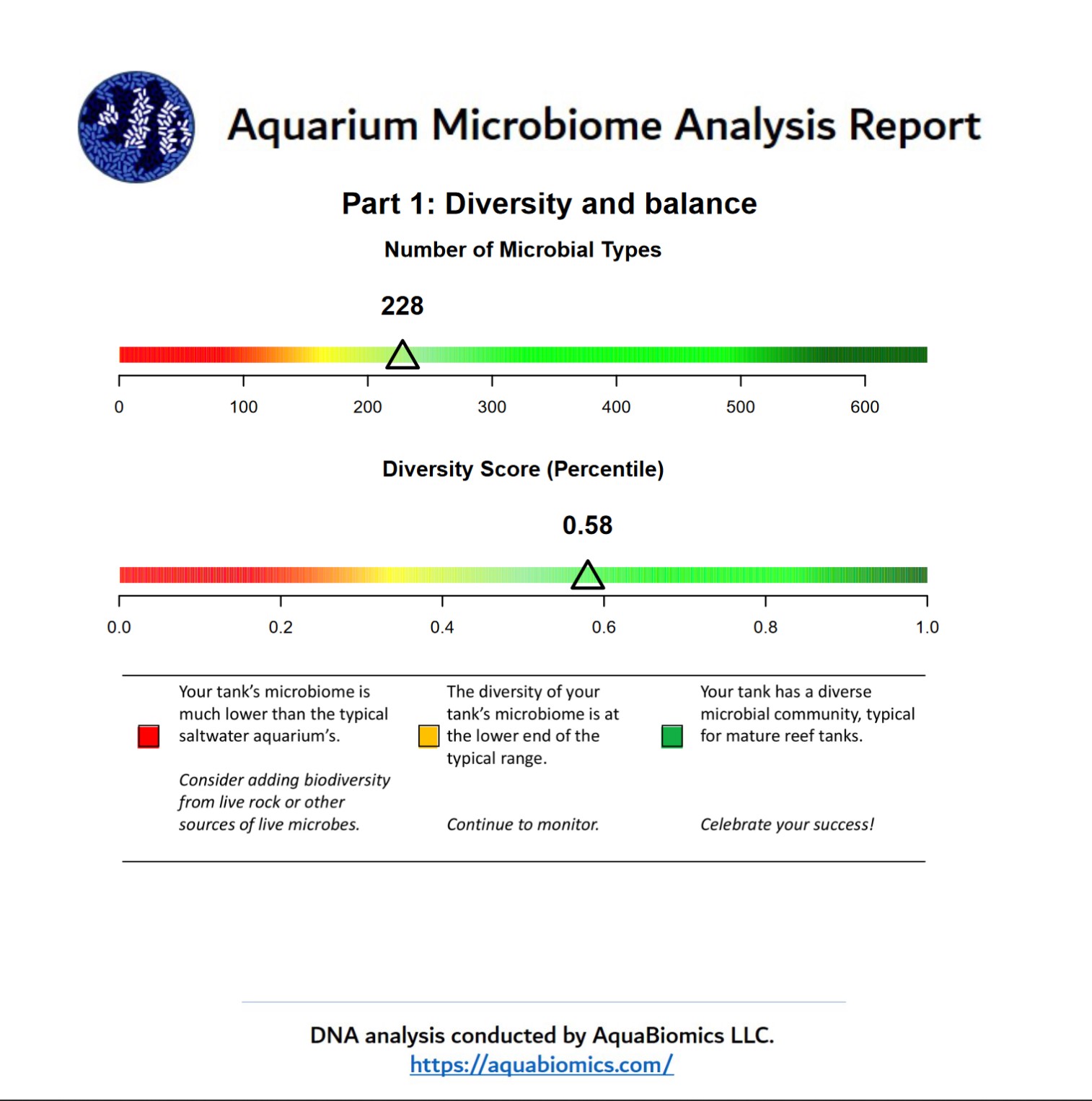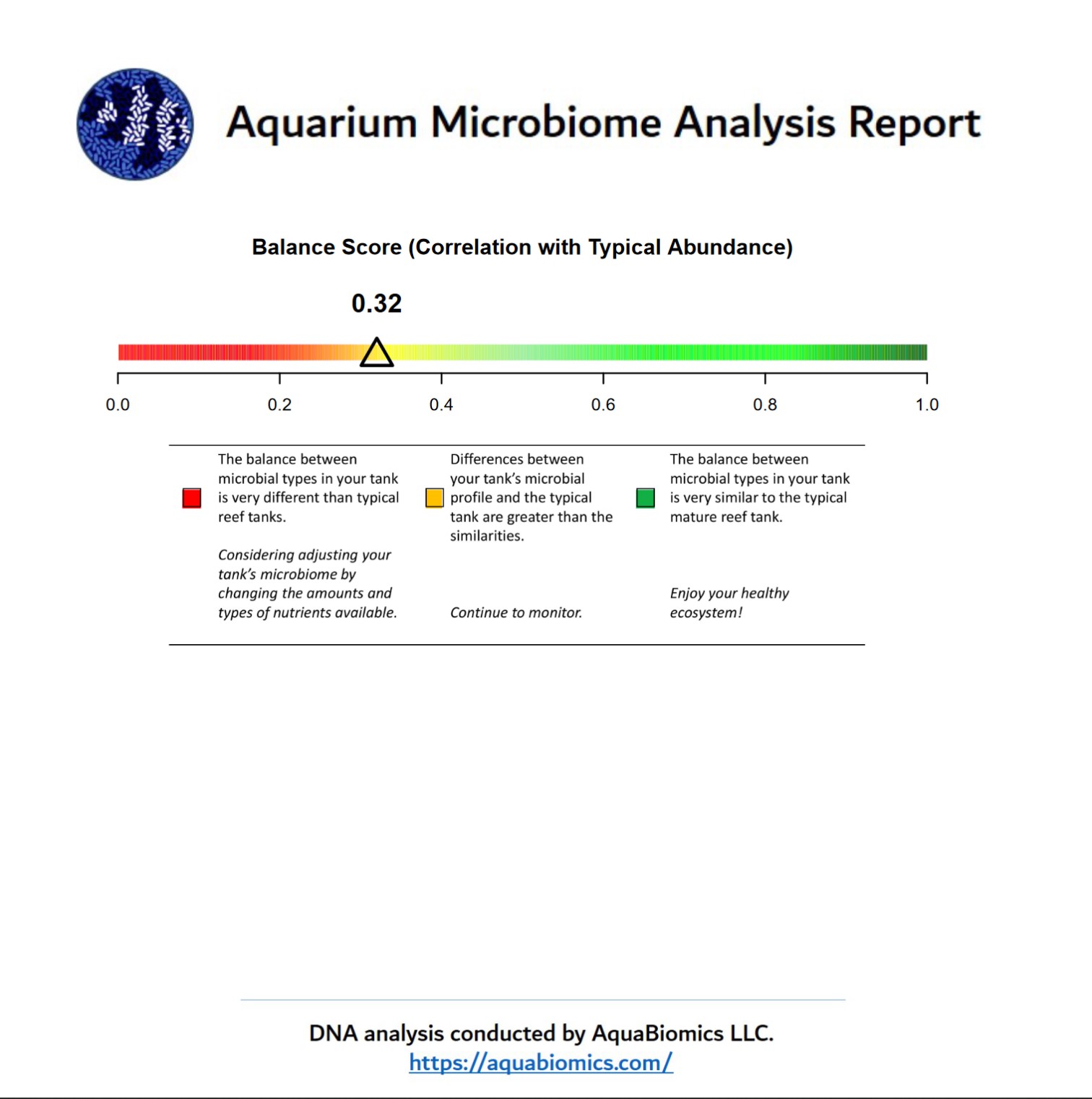- Joined
- Oct 15, 2019
- Messages
- 383
- Reaction score
- 1,600
Turnaround time is about 1 month (which is ambitious - other microbiome companies cite 1-3 months!) because samples have to be processed in a batch. I can turn around a batch a month at this stage.
I finished processing this batch of samples last week and sent to the sequencing facility. I see that they started the run on Thursday so I will probably be able to send out results within a couple days. Lots of very interesting tanks in this run, I'm looking forward to seeing this batch!
I finished processing this batch of samples last week and sent to the sequencing facility. I see that they started the run on Thursday so I will probably be able to send out results within a couple days. Lots of very interesting tanks in this run, I'm looking forward to seeing this batch!
Last edited:




















